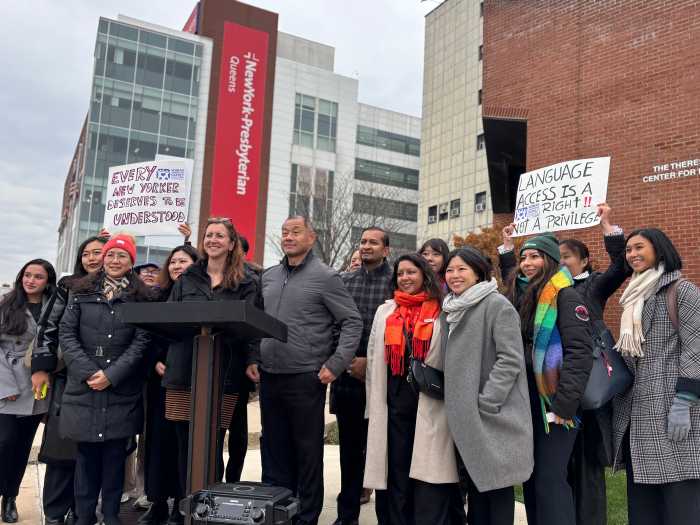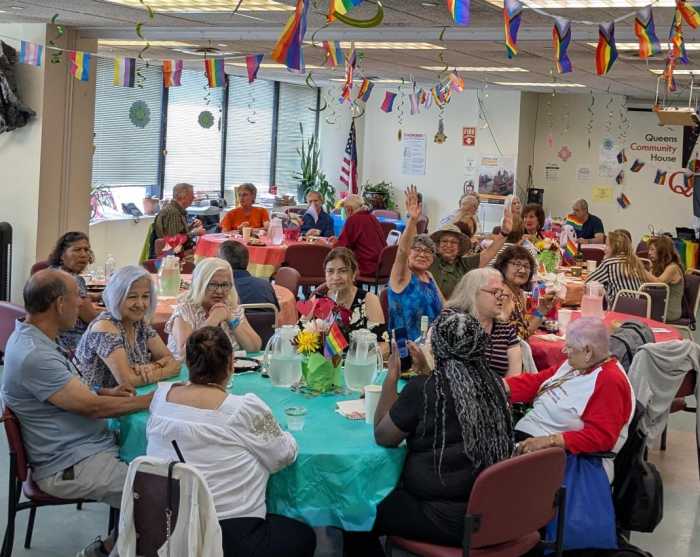A new formula developed by the federal Centers for Disease Control and Prevention (CDC) found that nearly 4,800 New Yorkers, 790 of whom live in Queens, became infected with HIV in 2006.
The startling findings suggest that New Yorkers are contracting HIV at three times the national rate, with 72 out of every 100,000 New Yorkers having become infected in 2006, compared to the national rate of 23 per 100,000. The New York City Department of Health and Mental Hygiene (DOHMH) says demography is a likely factor in the disproportionate rate of infection among New Yorkers; groups that are most widely affected nationally, such as blacks and men who have sex with men, are highly represented in the city.
According to the study, Queens had the lowest proportion of new HIV infections in 2006 with 17 percent; followed by the Bronx with 19 percent; Brooklyn with 26 percent; and Manhattan with 35 percent. The sample number of infections among Staten Island residents was too small for the DOHMH to make an accurate calculation.
The DOHMH acknowledges that the CDC’s analytic technique is new and may produce imprecise results, “but even a rough gauge of HIV incidence is a valuable tool for understanding - and combating - the spread of HIV,” the agency said in a statement.
The DOHMH arrived at its results after combing calculations of HIV incidence rates for those who had been tested and those who had not been tested for the virus.
The data revealed that blacks and men, especially those who have sex with other men, figured most prominently in the analysis. The HIV incidence rate among black men was 231 per 100,000, with blacks as a whole resulting in almost half of the new citywide infections. In Queens, however, the highest incidence rate of HIV infection was among Hispanics, with 376 cases in 2006 compared with 279 new infections among blacks in the borough. The sample number in Queens was so small among women, whites and Asians that the DOHMH could not make a reliable calculation of infection rate among those groups.
While the 2006 infection rate among whites resulted in just 21 percent of citywide infections - compared to 46 percent for blacks and 32 percent for Hispanics - whites in New York City were infected at a rate of four times the national average.
The DOHMH is hoping to repeat its calculations for additional years so researchers can distinguish patterns over time and more effectively direct their prevention measures.
The DOHMH advises New Yorkers to stick to monogamous relationships, use condoms when engaging in sexual intercourse and to get tested before having unprotected sex. Additionally, the agency recommends that everyone who has been sexually active or has injected drugs get tested, especially those at high risk of exposure to HIV. Those already infected, the agency says, should always use condoms and receive regular health care.


































